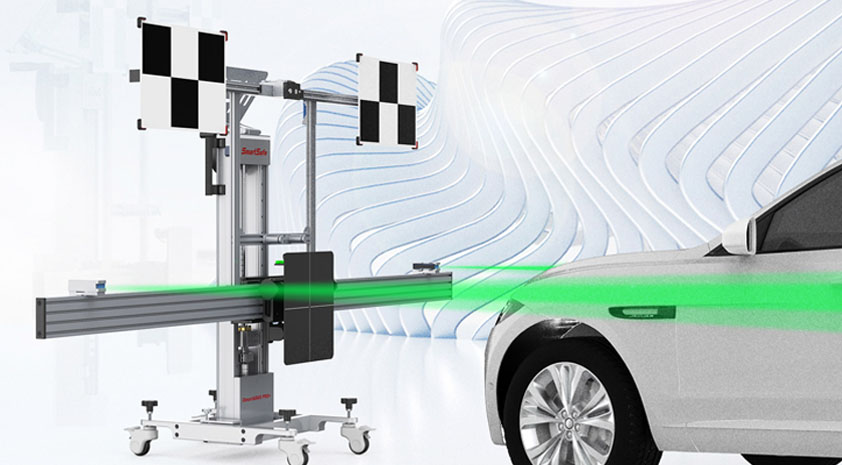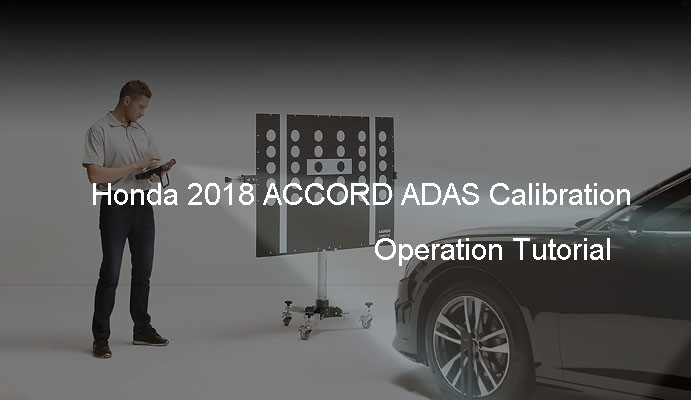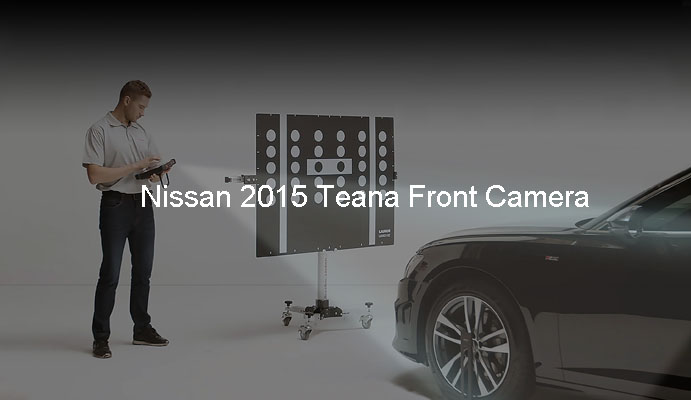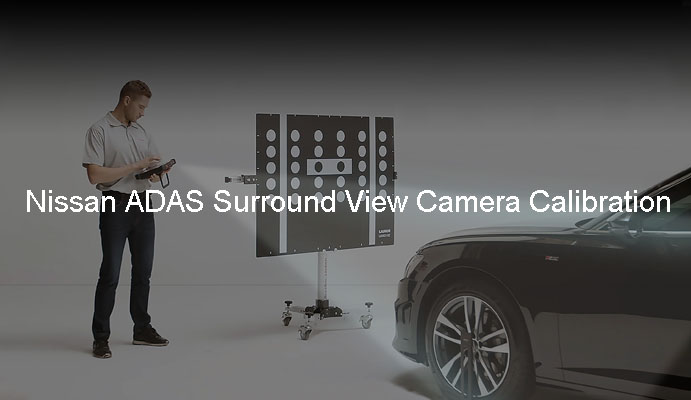
ADAS (Advanced Driver Assistance Systems) calibration refers to the process of tuning and configuring the sensors and cameras that are part of a vehicle's modern driver assistance technology.
ADAS systems rely on various sensors, cameras and radars, to detect and sense the environment around the vehicle. They assist the driver with tasks including
lane departure warning, adaptive cruise control and collision avoidance. So, is it necessary to perform
ADAS calibration on the vehicle?
The answer is yes.
ADAS calibration is necessary to ensure that these systems function properly in the vehicle.
When a vehicle is involved in an accident, or certain repairs or replacements are made to the vehicle, the alignment or calibration of ADAS components may be affected. As a result, the system may not function properly, endangering the safety of the driver and passengers.
Calibration of an ADAS system involves ensuring that cameras, sensors and other components are properly aligned and adjusted according to manufacturer specifications. This calibration process usually requires specialized equipment and trained technicians to perform it.
Therefore, ADAS calibration must be performed by a certified professional to ensure that the vehicle's ADAS system is functioning properly and providing the necessary safety features. Failure to do so may cause the ADAS system to operate incorrectly, increasing the risk of accidents and injuries.

How to calibrate ADAS?
ADAS calibration is a complex process requiring expertise, skills and equipment. In general, the calibration process consists of the following steps:
1. Check the manufacturer's specifications: The first step is to check the manufacturer's specifications for the vehicle's ADAS system. It contains information on the type of sensor and camera used, location and calibration requirements.
2. Prepare the vehicle: Prior to calibration, the vehicle needs to be prepared by removing any dirt, debris or obstructions from the sensors and cameras. The tires should be inflated to the correct pressure and the vehicle should be parked on level ground.
3. Connect the calibration device: Next, connect the calibration device to the vehicle's OBD-II port. This allows the device to communicate with the ADAS system and make necessary adjustments.
4. Adjust the sensor: A calibration technician will adjust the sensor and camera to ensure they are properly aligned and functioning properly. This may involve adjusting the camera angle, adjusting the sensor distance, or changing the sensor position.
5. Test the system: After the calibration is completed, the technician will conduct a series of tests to ensure that the ADAS system is functioning properly. This may involve driving the vehicle on a test track or using special test vehicles to simulate different driving conditions.
6. Verify Calibration: Finally, the technician will verify the success of the calibration by checking the system performance and ensuring it meets the manufacturer's specifications.
How long does ADAS calibration take?
How long ADAS calibration takes is of particular concern to us. Several factors affect the duration of ADAS calibration. Include the type of ADAS system, the number of sensors that need to be calibrated, and the complexity of the calibration process.
However, on average, ADAS calibration can take anywhere from 30 minutes to several hours.
For example, a simple camera-based ADAS system might only need to calibrate one camera, which can take about 30 minutes to complete. On the other hand, more complex systems, such as those containing radar sensors and multiple cameras, may require hours of calibration.
Additionally, some ADAS systems may require a
dynamic calibration process, which involves driving the vehicle at specific speeds and distances to calibrate sensors and cameras. This type of calibration can take longer than a static calibration performed when the vehicle is stationary.
It is important to note that calibration times may also be affected by other factors such as the availability of specialized equipment and the experience and skill level of the technician. To ensure proper calibration of the ADAS system, it is recommended that the calibration be performed by a qualified technician with experience with the vehicle's specific type of ADAS system.
How much does ADAS calibration cost?
The cost of ADAS calibration can vary based on several factors, including the type of ADAS system, the number of sensors that need to be calibrated, and where the calibration is performed.
Typically, ADAS calibration can cost anywhere from a few hundred to several thousand dollars, depending on the complexity of the calibration process. For example, a simple camera-based ADAS system might require only one camera to be calibrated, costing around $200 to $500. However, more complex systems, such as those incorporating radar sensors and multiple cameras, can require hours of calibration and cost as much as $1,000 or more.
Also, fees may vary depending on the location of the calibration service. For example, if calibration is done at a dealer or authorized service center, the cost may be higher than if it is done by an independent repair shop.
In summary, the factors that affect the cost of ADAS calibration are: the type of ADAS system, the number of sensors that need to be calibrated, the ADAS calibration equipment, and the location where the calibration is performed.
Finally, the cost of ADAS calibration may be covered by the vehicle's warranty or insurance policy. It is recommended to check with the vehicle manufacturer or insurance company to determine if the policy covers ADAS calibration and the costs associated with it.




